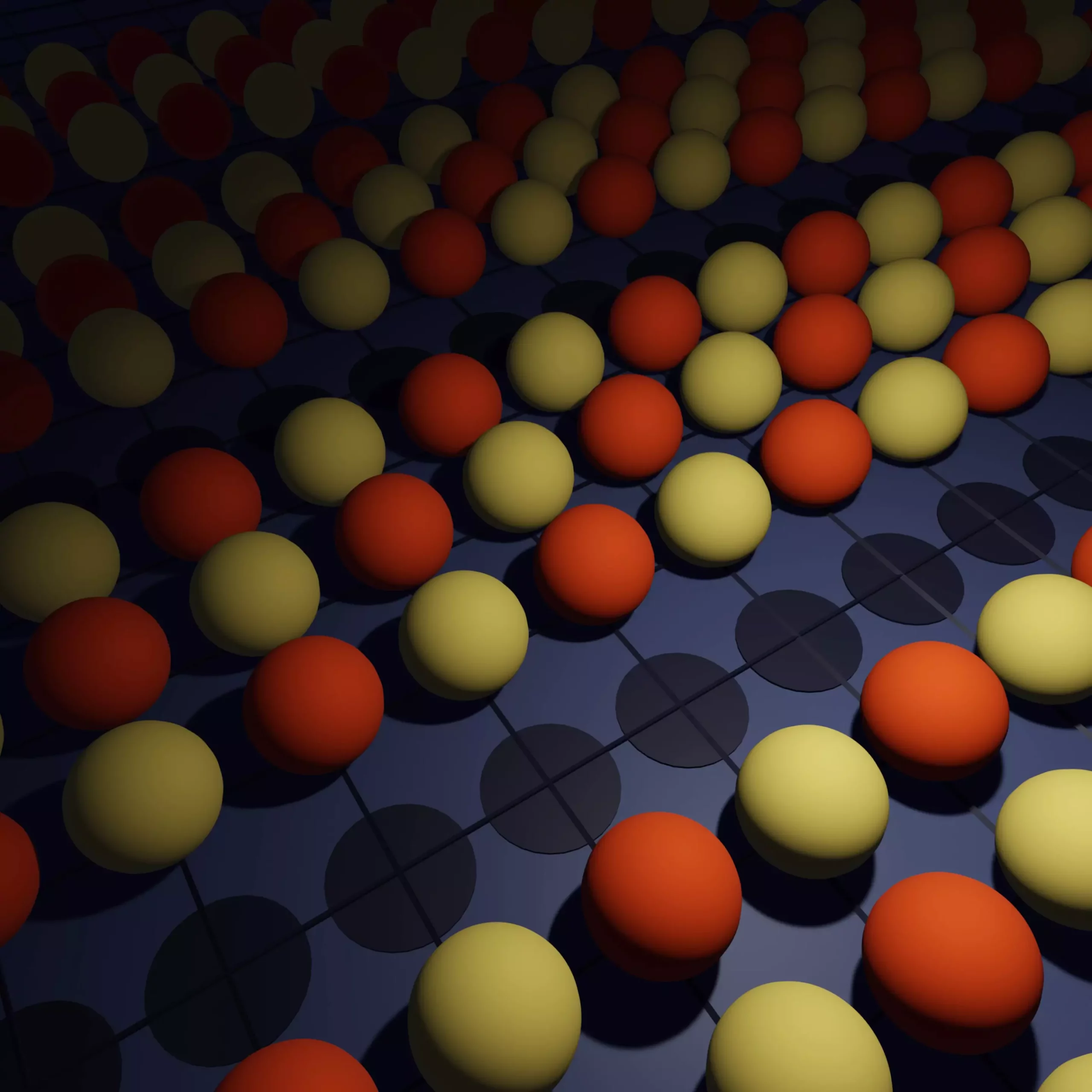The pursuit of room-temperature superconductivity remains one of the most tantalizing challenges in condensed matter physics. Researchers from diverse scientific backgrounds are striving to fathom the complexities surrounding this phenomenon, particularly the enigmatic “pseudogap” state. This state, observed in various high-temperature superconductors, presents a peculiar behavior where the materials exhibit properties of both normal metals and semiconductors. A recent breakthrough employing advanced computational strategies has begun to illuminate the perplexities of the pseudogap, potentially bringing scientists a step closer to achieving practical superconductivity that would revolutionize technology such as power transmission and transportation.
For decades, the pseudogap has symbolized a significant divide in our comprehension of superconducting materials. Existing in a narrow temperature range below minus 140 degrees Celsius, the state manifests inconsistently across various materials, making it a focal point of study for physicists eager to translate theoretical principles into tangible applications. Researchers, including co-author Antoine Georges from the Flatiron Institute, emphasize that gaining insights into the pseudogap is akin to being enveloped in fog—only a few features are visible amidst the obscurity. However, the recent application of computational techniques has dispersed some of this fog, unveiling a more detailed landscape of superconductive properties, especially as materials approach absolute zero.
The critical challenges in comprehending the pseudogap stem from the complexities of quantum mechanics, particularly quantum entanglement. Traditional computational methods struggle to simulate the behavior of systems with many interacting electrons. However, a breakthrough technique known as diagrammatic Monte Carlo has emerged as a powerful tool in tackling these intricate problems. This method allows researchers to examine the collective interactions of particles, significantly advancing the study of the pseudogap state.
In contrast to conventional Monte Carlo methods that randomly sample small sections of a material, diagrammatic Monte Carlo enables simultaneous analysis of the entire electronic chessboard. This distinction grants physicists the ability to explore broader interaction patterns among the electrons across the material, thus generating deeper insights into how these structures evolve as temperatures decrease.
Central to this study is the Hubbard model—a mathematical representation that simplifies the interactions within a material to facilitate analysis. In its essence, the model likens the electronic behavior to chess pieces navigating a board. Through adjustments in the electron count and their arrangements, physicists can simulate various states, including superconductivity and insulating behavior.
The breakthrough research elucidated the conditions under which the pseudogap transitions into organized “stripes,” whereby electrons align in a structured pattern, changing the material’s conductivity. As temperatures drop, this newly gained understanding demonstrates that the transition does not solely lead to alternating electron spins; rather, it reveals the intricate complexity of electron behavior as they predispose themselves to insulating or superconductive states.
The implications of this research extend far beyond theoretical frameworks; they have tangible consequences for practical applications in quantum physics and related fields. By clarifying the conditions under which the pseudogap evolves into ordered stripes, the study opens the door to advancements in experimental techniques, particularly in the realm of ultracold quantum gas simulations. As researchers continue to probe these low-temperature environments, the insights gained from this work can guide future experiments aimed at facilitating the conditions necessary for superconductivity.
Georges highlights this union of theory and experiment, indicating a thrilling convergence in quantum optics and condensed matter physics. This collaboration signals a transformation in understanding that could expedite discoveries central to developing practical applications of superconductors, such as lossless energy transmission and advanced magnetic resonance imaging (MRI).
The recent revelations regarding the pseudogap state contribute significantly to the ever-expanding tapestry of quantum physics. As scientists amalgamate theoretical models with sophisticated computational techniques, the fog surrounding the pseudogap begins to lift, revealing clearer insights and pathways toward room-temperature superconductivity. With continued efforts in the field and enhanced methodologies, the prospect of harnessing superconductive materials for everyday applications may transition from a distant dream into a near future reality, reshaping our technological landscape. As researchers venture deeper into this quantum realm, the excitement is palpable—a new chapter in physics is unfolding, full of promise for innovation and advancement.


Leave a Reply